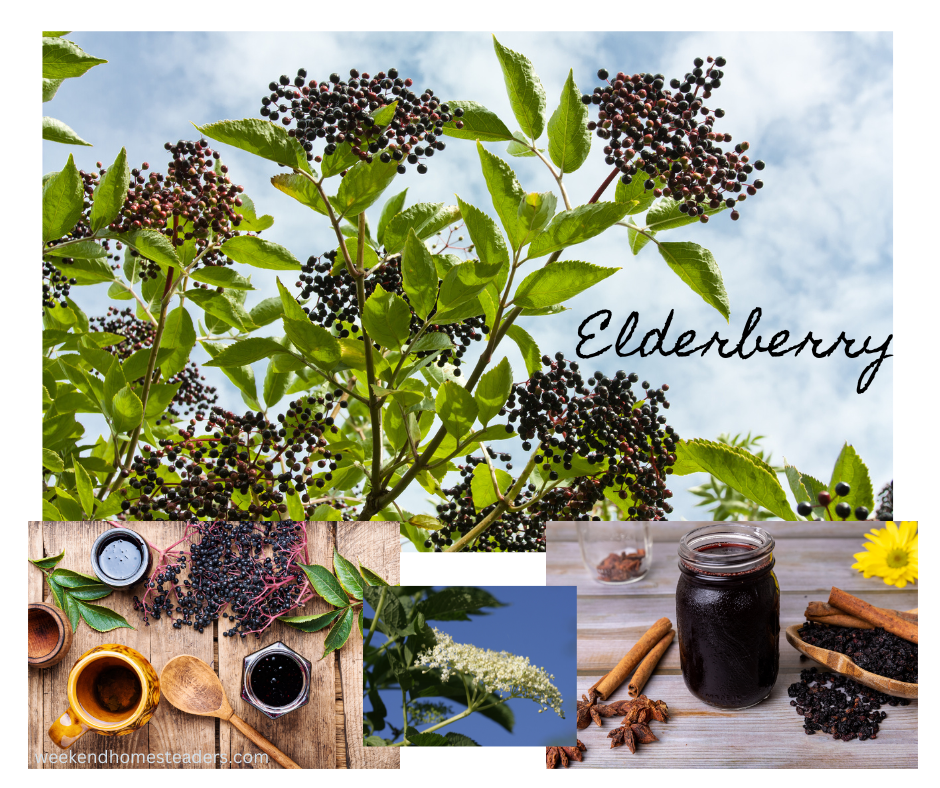However, achieving optimal fruit production does require attention to proper planting conditions, such as sunlight exposure and adequate watering, making the process a delightful challenge for enthusiasts eager to dive into the world of edible landscaping.
Growing Elderberry:
Climate and Soil: Elderberries are hardy and can tolerate a range of conditions but they thrive in well-drained, loamy soil with a pH between 5.5 and 6.5. They are best suited to temperate to subtropical regions and can be grown in USDA zones 3 through 9.
Planting: Elderberry plants prefer full sun but can tolerate partial shade. It's recommended to plant them in early spring. They can be propagated from cuttings, seeds, or by purchasing saplings. Elderberry plants are usually dioecious, meaning both male and female plants are needed for fruit production, though some cultivars are self-fertile.
Care: Water elderberry plants regularly, especially during dry spells, to keep the soil moist but not waterlogged. They benefit from mulching to retain soil moisture and suppress weeds. Pruning is essential in late winter to remove dead or broken branches and to encourage bushier growth.
Harvesting: Berries typically ripen in late summer to early fall. They should be harvested when fully ripe and dark in color. Note that elderberry fruits must be cooked before consumption to eliminate potentially harmful cyanogenic glycosides.

 Elderberry
Elderberry 



